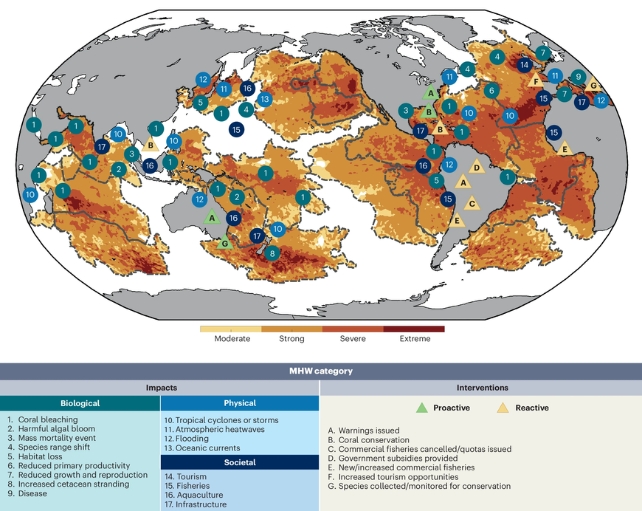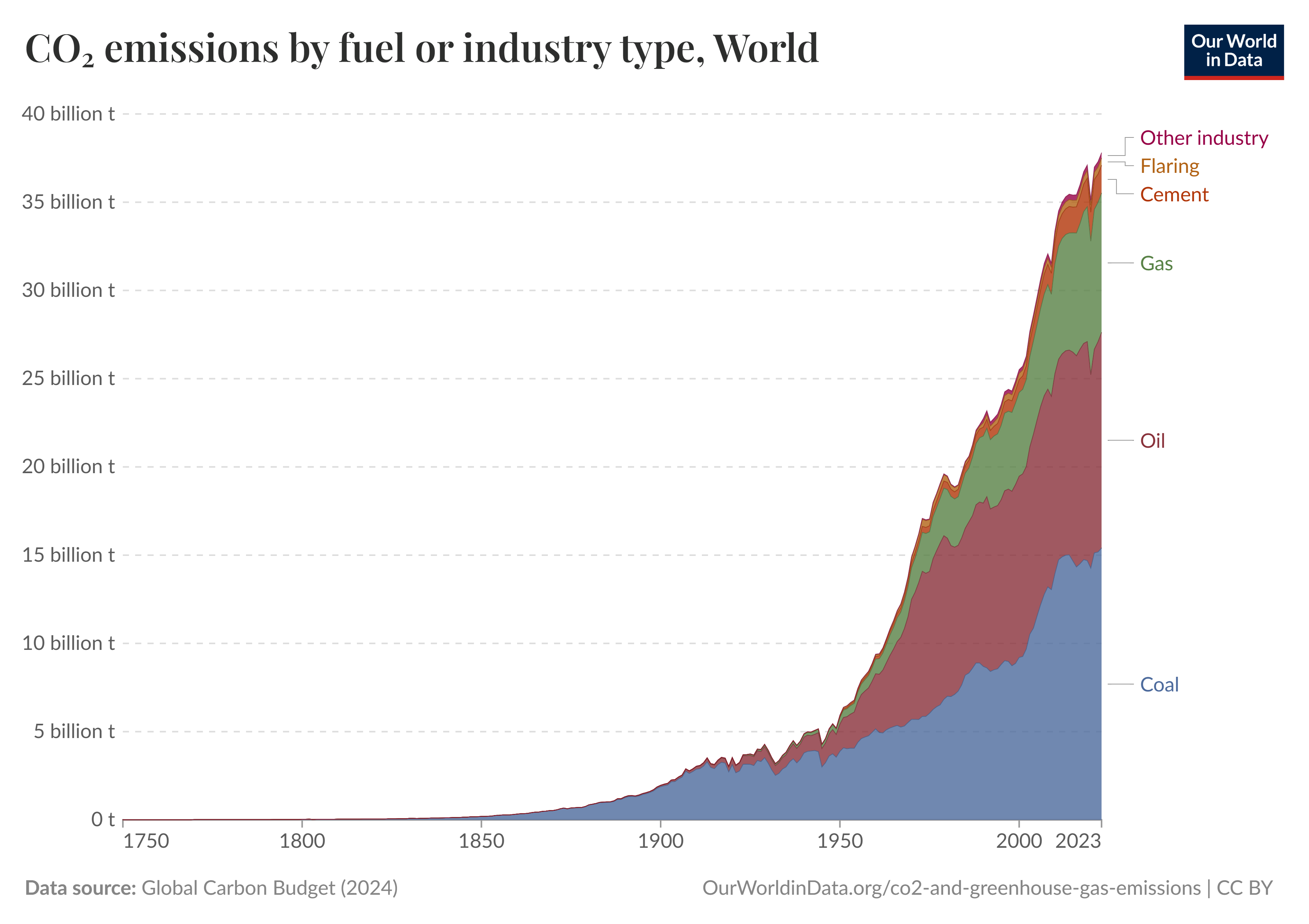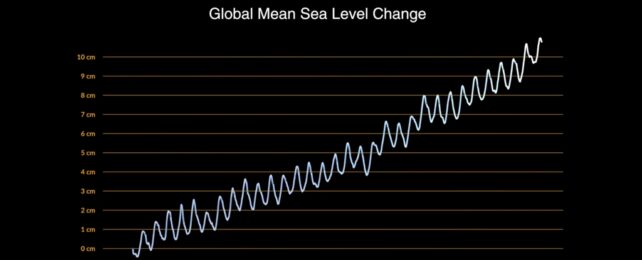As global warming continues to melt Earth's glaciers, sea level rise hits all new heights. However, in 2024 a different mechanism caused most of this water volume increase.
"The rise we saw in 2024 was higher than we expected," says NASA oceanographer Josh Willis.
"Every year is a little bit different, but what's clear is that the ocean continues to rise, and the rate of rise is getting faster and faster."
Given past trends, NASA had predicted an increase of 0.43 cm (0.17 in) rise in 2024, but that soared to 0.59 cm (0.23 in).
These figures are from measurements taken by five international satellites since 1992. The latest, Sentinel-6 Michael Freilich, is capable of measuring sea surface height down to a few centimeters for 90 percent of Earth's oceans.

Researchers have long suspected unaccounted-for feedback loops would accelerate sea level rise beyond predictions, and we may now be witnessing the results.
Up until now, Earth's melting glaciers accounted for up to two-thirds of the sea level rise each year, but this too unexpectedly switched last year.
In 2024, two-thirds of sea level rise was caused by thermal expansion of liquid seawater, NASA found, despite the loss of glacial ice also still accelerating. Warmer water is less dense, so it takes up more room than cold water – and following Earth's record atmospheric heat, our oceans were the warmest they've been in three decades of records.

What's more, oceans mostly arrange themselves into neat layers of different temperatures, with the warmest, least dense waters at the top. But increased heat energy in our atmosphere is fueling more storms and faster winds to more thoroughly mix these layers, sending more heat into lower layers faster, further increasing ocean temperatures and the resulting sea level rise.
These changes in wind patterns are driving some areas of the ocean to heat two to three times more than the global average. The resulting marine heatwaves are slaughtering billions of sea creatures and devastating the fisheries that depend on them.

As well as causing increased flooding, as the oceans rise they inundate major rivers like the Ganges with saltwater. Between this incursion and the decrease of seasonal glacial meltwater, humanity's supply of fresh water is fast diminishing. Without intervention, this could eventually force entire populations to migrate in search of this vital resource.

The only way to lessen these impacts is to reduce our greenhouse gas emissions. Every fraction of a degree we can reduce future warming will save lives.
